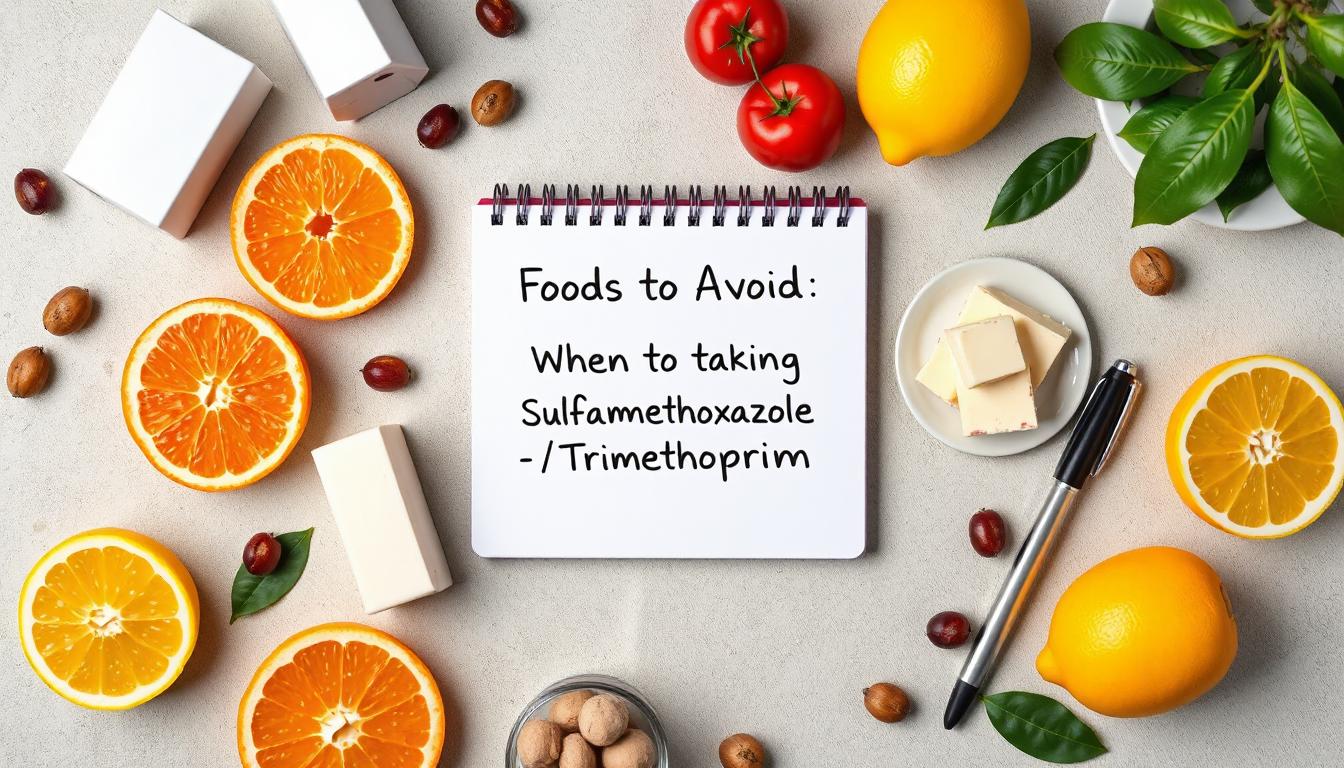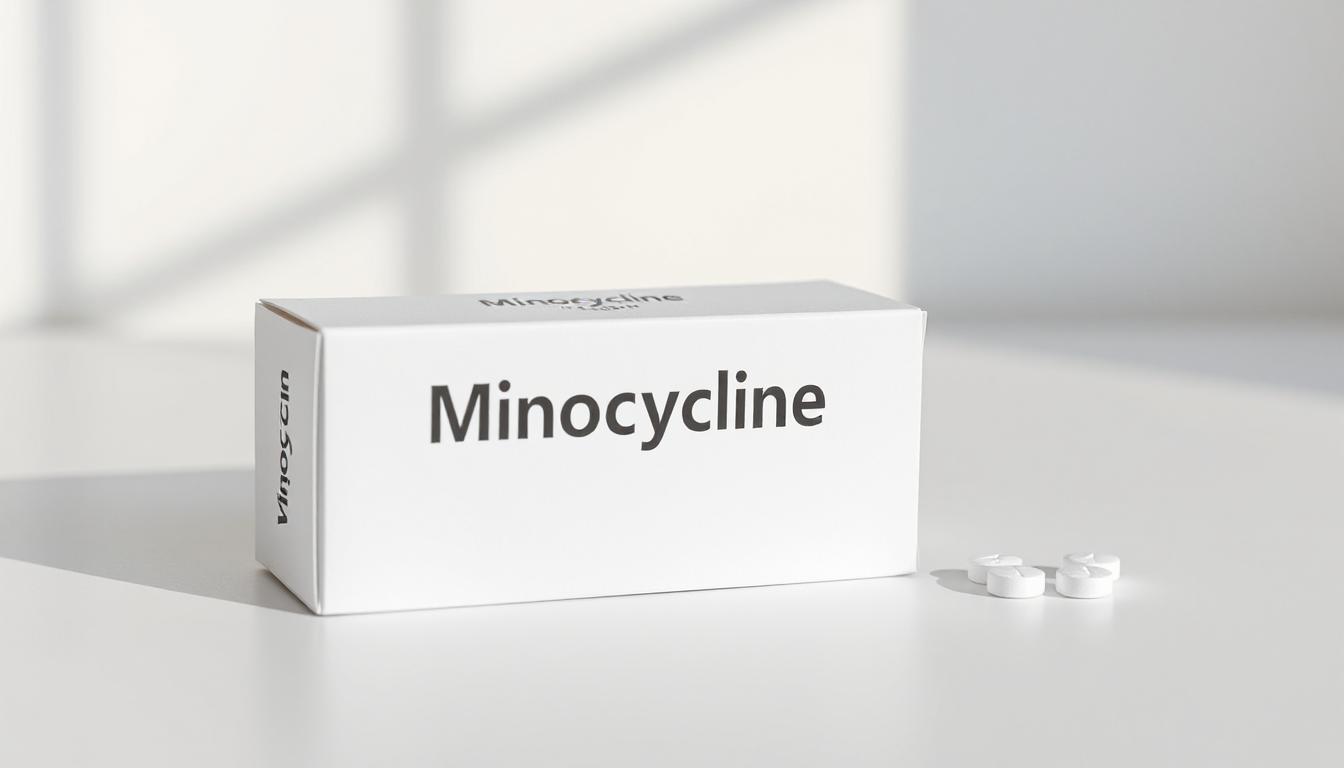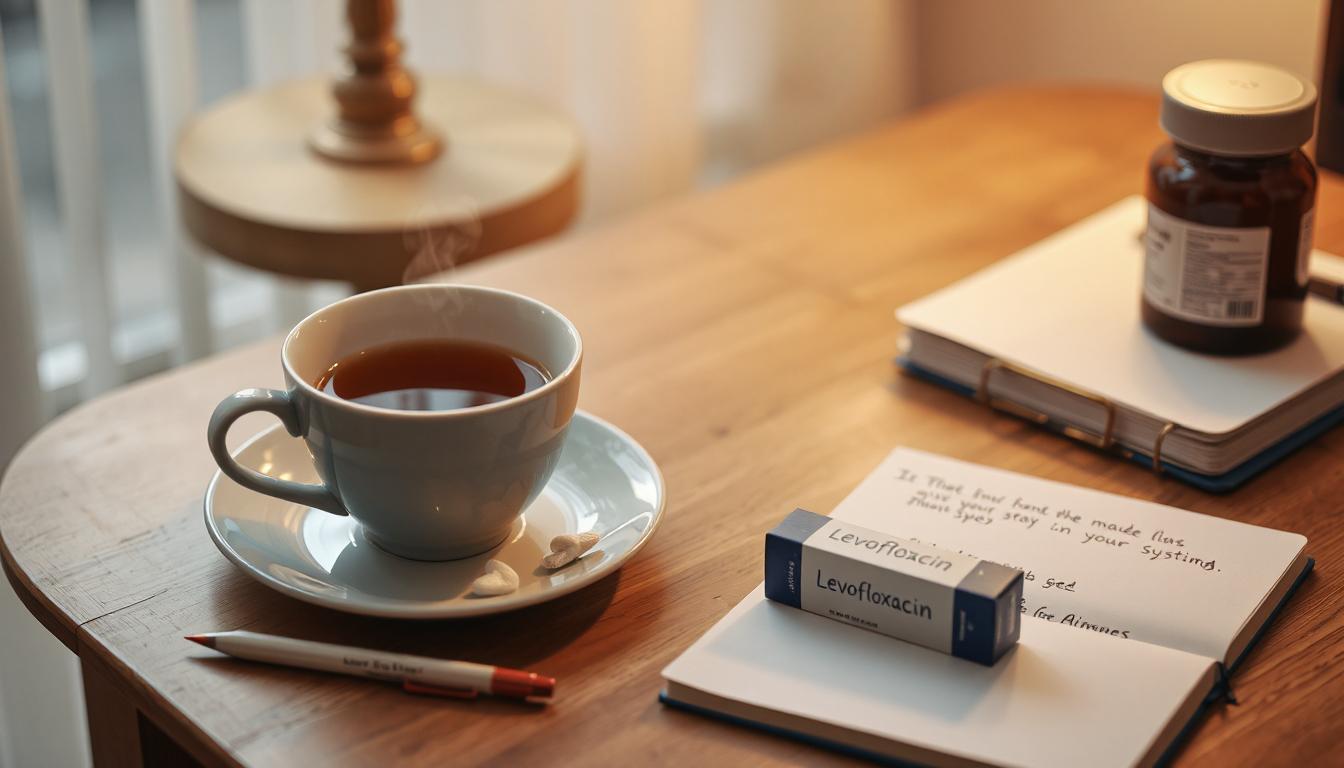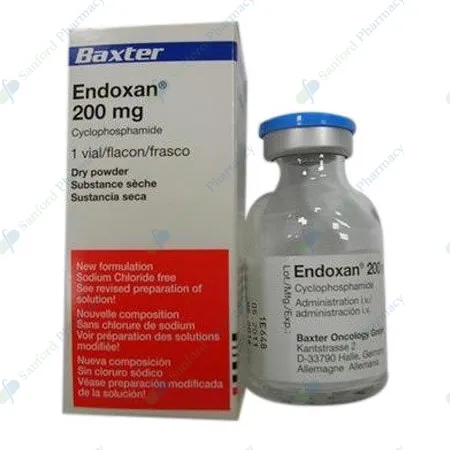Sun Allergy: Symptoms, Causes & Protection
 Alice
|
Alice
|
 13 Aug 2025
13 Aug 2025
What Is a Sun Allergy and How Does It Show Up
Sun allergy is when your skin reacts badly to sunlight—especially the ultraviolet (UV) rays in sunlight. It’s not just getting sunburned. People with sun allergy actually have an immune reaction when their skin gets exposed to the sun. For some, it only happens during the first sunny days of spring. For others, it’s every single time they step into bright daylight without protection.
The skin might break out in red patches, itchy rashes, or even small blisters just from a short walk or drive in the sun. It can feel like your skin is burning or crawling, and it doesn’t always show up right away. Sometimes the rash takes a few hours to appear, which makes it even harder to figure out what caused it. But once you know it’s sun allergy, it makes sense. And honestly, it can be really frustrating to live with.
Common Types of Sun Allergy Conditions
There are a few different types of sun allergy and they all act a little different. Knowing which one you’ve got helps figure out how to treat it and what to avoid.
The most common is Polymorphic Light Eruption (PMLE). It usually shows up in early summer or even spring when your skin hasn’t seen sun for a while. It brings on itchy red bumps, small blisters, or sometimes just red areas that burn or sting. It’s usually on arms, chest, and the neck—places you uncover once the weather warms up.
Then there’s Solar Urticaria, which is more intense and comes on really fast. It causes big hives or raised red areas, and it can happen within minutes of sun exposure. For some people, it’s so bad it even causes dizziness or low blood pressure. It’s rare, but it’s real.
Another type is the Photoallergic Reaction. This one happens when a substance on your skin—like sunscreen, perfume, or lotion—reacts with sunlight. The immune system sees the combo as a threat and causes a rash. It usually shows up a day later and looks more like eczema than anything else.
What Sun Allergy Looks and Feels Like
The symptoms of sun allergy can be all over the place. Some people get a few bumps, others get full rashes. What’s common though is that it’s uncomfortable and itchy. Your skin might start to itch, burn, or sting within an hour or two of being outside. Sometimes the rash shows up the next day. The delayed reaction throws people off.
You might see:
– Red patches that don’t look like sunburn
– Tiny blisters that look like heat rash
– Swelling or puffy skin
– Hives that raise up and itch like crazy
– Peeling or flaking after it fades
It usually shows up on sun-exposed areas like the upper chest, arms, back of the hands, and sometimes your legs. Looking at sun allergy rash pictures online can help, but reactions look different on every skin tone.
Who Gets Sun Allergies and Why
Anyone can develop a sun allergy, but it’s more common in some people than others. If it runs in your family, you’ve got a higher chance. Fair-skinned people are more likely to have it too, just because they have less natural melanin to block UV rays.
People with certain health conditions are also at risk. For example, lupus sun allergy is a serious thing. People with lupus often have strong skin reactions to the sun, and it’s not just a rash—it can lead to flare-ups of the whole disease. That’s why people with autoimmune conditions are usually told to stay covered and avoid harsh sunlight.
Also, some medications make your skin more sensitive to the sun. Antibiotics like doxycycline, painkillers like ibuprofen, and even birth control can increase the chance of a reaction.
What Triggers a Sun Allergy Reaction
The main trigger is, obviously, sunlight, especially UV rays. But there are other things that make it worse.
– Going outside after months of staying indoors, especially early in summer
– Using fragranced lotions, perfumes, or chemical sunscreens that react with UV light
– Taking photosensitizing meds, like certain antibiotics or diuretics
– Being out during midday, when the sun is strongest
– Sunlight reflecting off water, snow, or sand (which can double the UV exposure)
The tricky part is, some reactions don’t happen right away. You might feel fine during the day and then wake up the next morning with a full-blown rash.
How Doctors Diagnose Sun Allergy
If you keep getting weird rashes after sun exposure, it’s time to see a doctor. They’ll usually start by asking about your symptoms—how long it takes to show up, where it appears, what you were doing, and what you had on your skin.
They might do a phototest, where small areas of your skin are exposed to UV light to see how it reacts. If they think your sunscreen or lotion is part of the problem, they might do patch testing with those products and then expose that patch to sunlight.
If the reaction seems deeper or more systemic, like with lupus, they might order blood tests to rule out autoimmune issues.
Ways to Treat Mild to Severe Sun Allergy Symptoms
If your sun allergy isn’t too bad, you can usually treat it at home. Start with getting out of the sun right away. Use a cool compress to soothe the skin. Take an antihistamine like cetirizine to ease the itching.
Corticosteroid creams can calm the redness and reduce swelling. If the rash is severe, your doctor might prescribe oral steroids or recommend light therapy (which sounds weird, but it helps your skin build tolerance over time).
For daily relief, many people use Eucerin Sun Allergy cream—it’s made for sensitive skin and can help prevent reactions while calming existing ones.
If you’re not sure what cream or meds are safe, ask Sanford Pharmacy. They’ll help match you with products that won’t trigger your skin further.
How to Prevent Sun Allergy Before It Starts
Prevention is a game-changer. Once you know you’ve got sun allergy, your whole routine has to shift.
– Wear broad-spectrum sunscreen—look for labels that say sun allergy sunscreen or mineral SPF 50+.
– Use zinc oxide or titanium dioxide-based products—they’re gentler on sensitive skin.
– Wear long sleeves, UV-protective clothing, hats, and sunglasses.
– Stay in the shade whenever possible, especially from 10 AM to 3 PM.
– Avoid perfumes, scented body lotions, and certain skincare before going outside.
Sanford Pharmacy has a curated selection of sunscreens made specifically for allergy-prone skin, so you don’t have to guess.
Daily Life With a Sun Allergy: Tips and Challenges
Living with sun allergy means your relationship with the sun is different now. You don’t get to just "pop out" for a quick walk without thinking. You have to plan. Check the UV index. Carry extra sunscreen. Wear long sleeves when everyone else is in tank tops.
Sometimes it’s a mental challenge more than anything. You feel like you’re missing out—especially in summer. Or you get tired of explaining to people why you’re sitting under an umbrella while they’re tanning.
You also need to rethink your skincare products. Anything with fragrance or alcohol can be a problem. Stick to gentle, hypoallergenic stuff. If you’re unsure, Sanford Pharmacy can point you to the safest options.
When to See a Dermatologist About Sun Reactions
If your skin keeps reacting, and you’ve already tried the basics—sunscreen, shade, antihistamines—it’s time to see a dermatologist.
Go if:
– Your rash keeps coming back or is getting worse
– You have painful blisters or skin peeling
– OTC creams don’t help
– You’ve got lupus or other autoimmune concerns
– Your skin is starting to scar or change texture
A specialist can help you figure out exactly what’s going on and make a plan that works long-term. They might also help you build tolerance slowly using light therapy or advanced treatment options.
Sanford Pharmacy works closely with dermatology offices, offering skin-friendly, allergy-safe products that actually work—and don’t make things worse.
When you have a sun allergy, it’s not about hiding from the sun forever. It’s about learning what your body needs, building habits that protect your skin, and keeping flare-ups under control. With the right routine and a little backup from places like Sanford Pharmacy, you can still enjoy life outdoors—just a bit smarter than before.
Categories

What Is Sucralfate Used For?
 Abdullah
Abdullah

Foods to Avoid When Taking Sulfamethoxazole / Trimethoprim
 Ibrahim
Ibrahim

What Is Rifaximin Used For?
 Aden
Aden

What is Minocycline?
 Tina
Tina

How Long Does Levofloxacin Stay in Your System
 Annette
Annette










.webp)
.webp)
-(2).webp)

.webp)